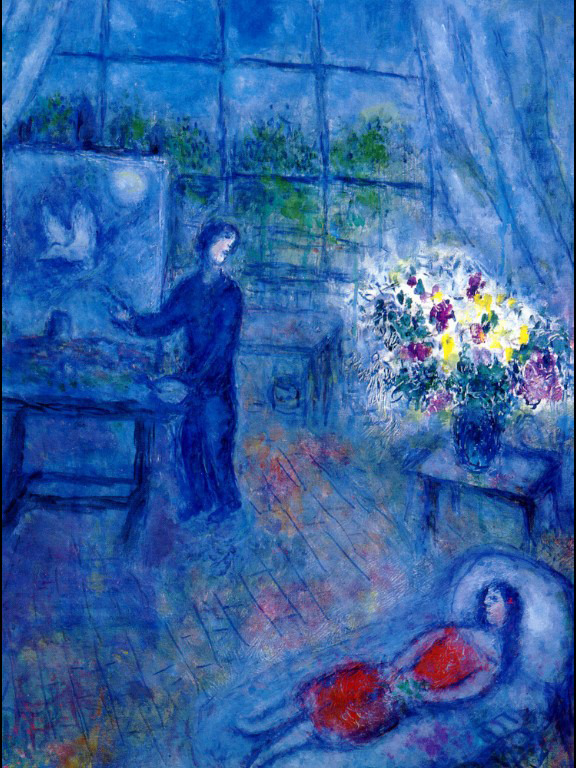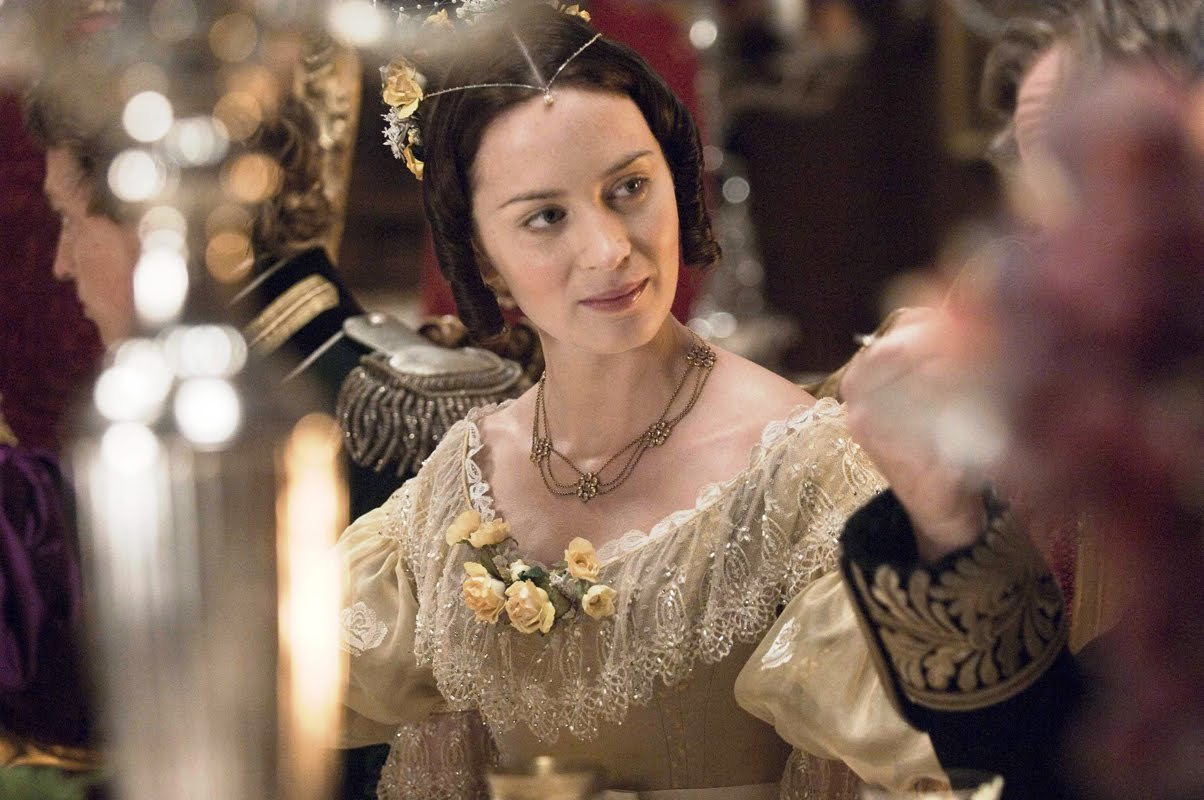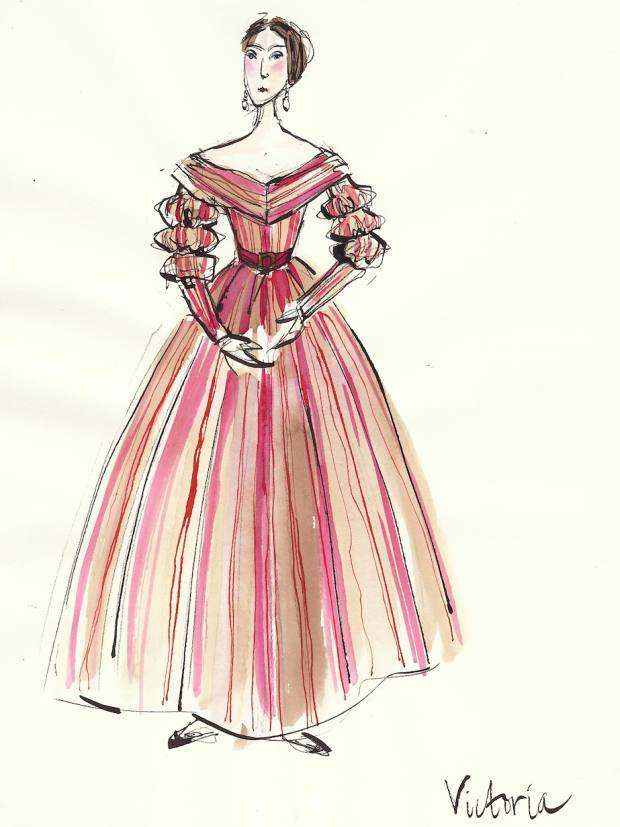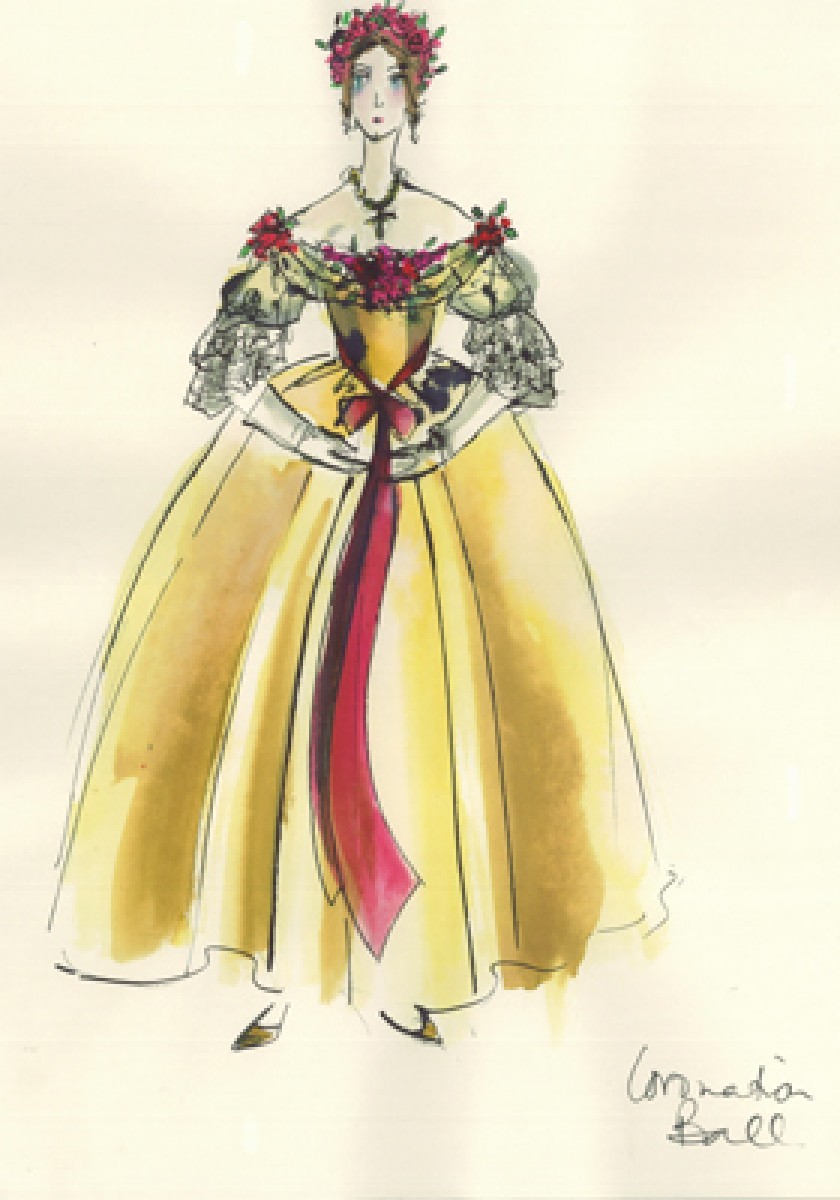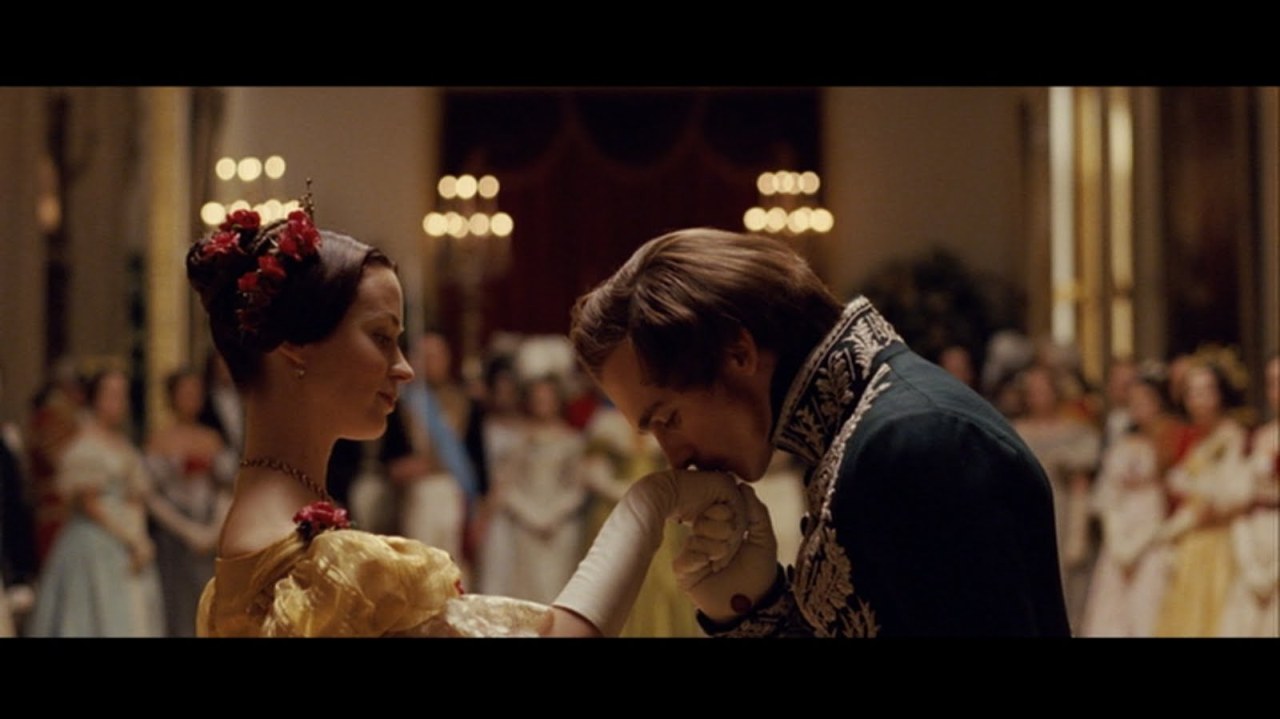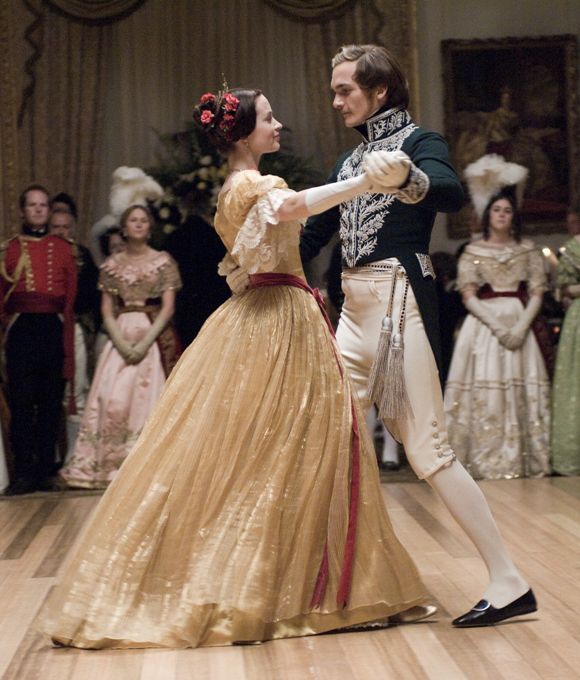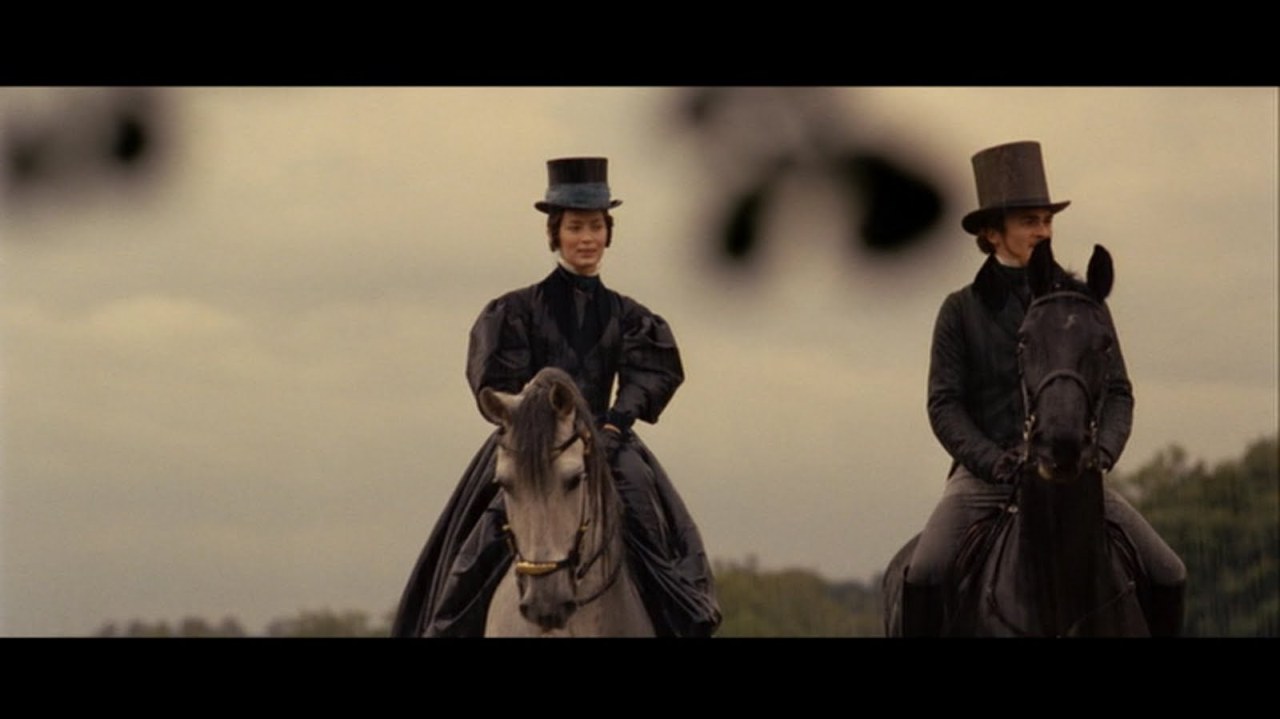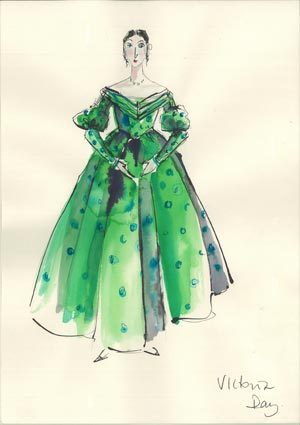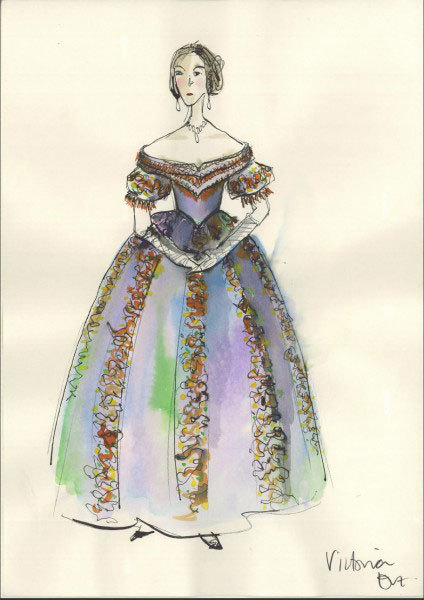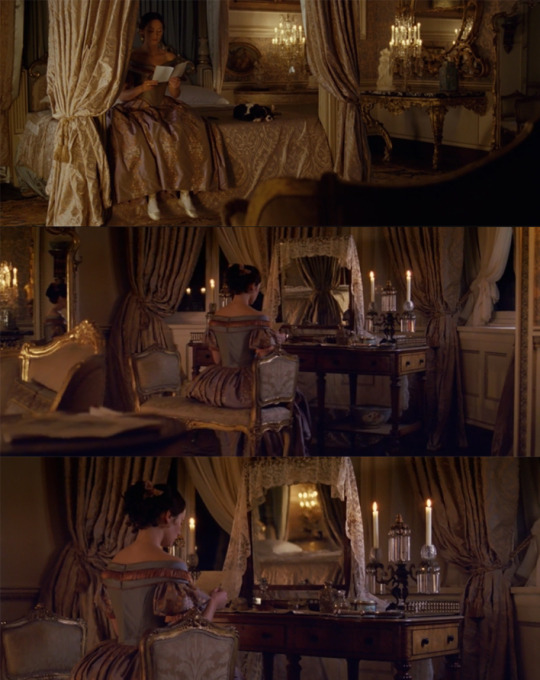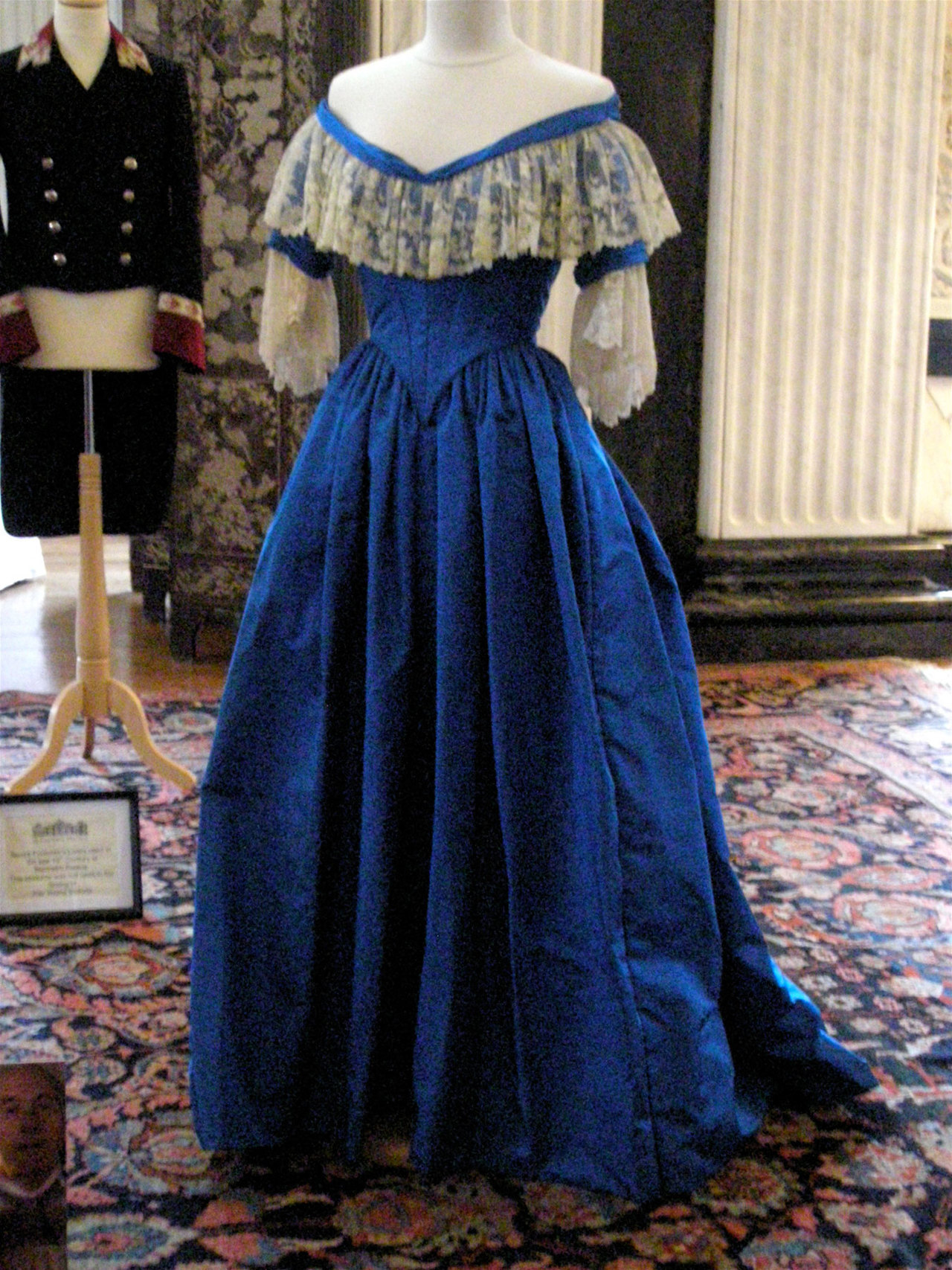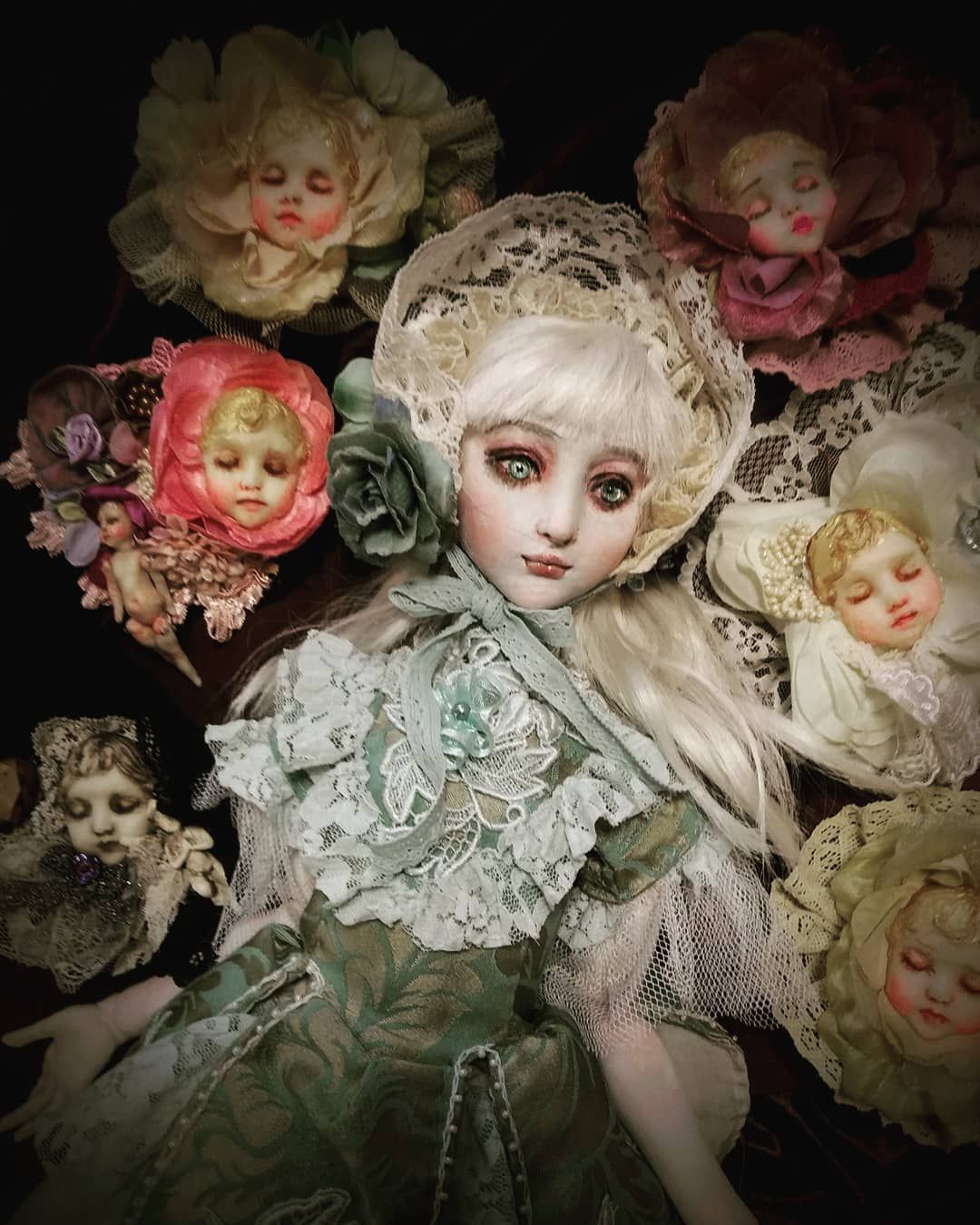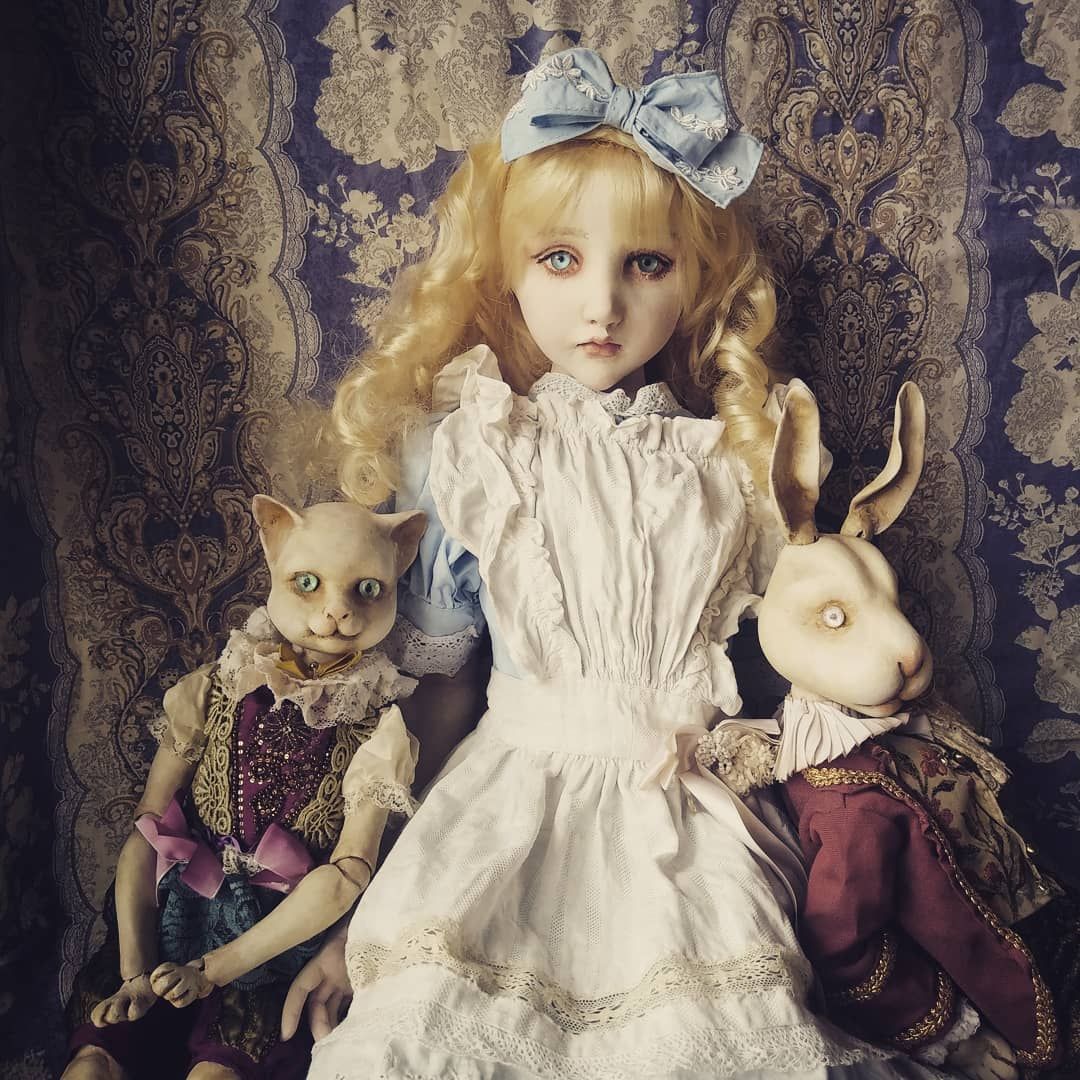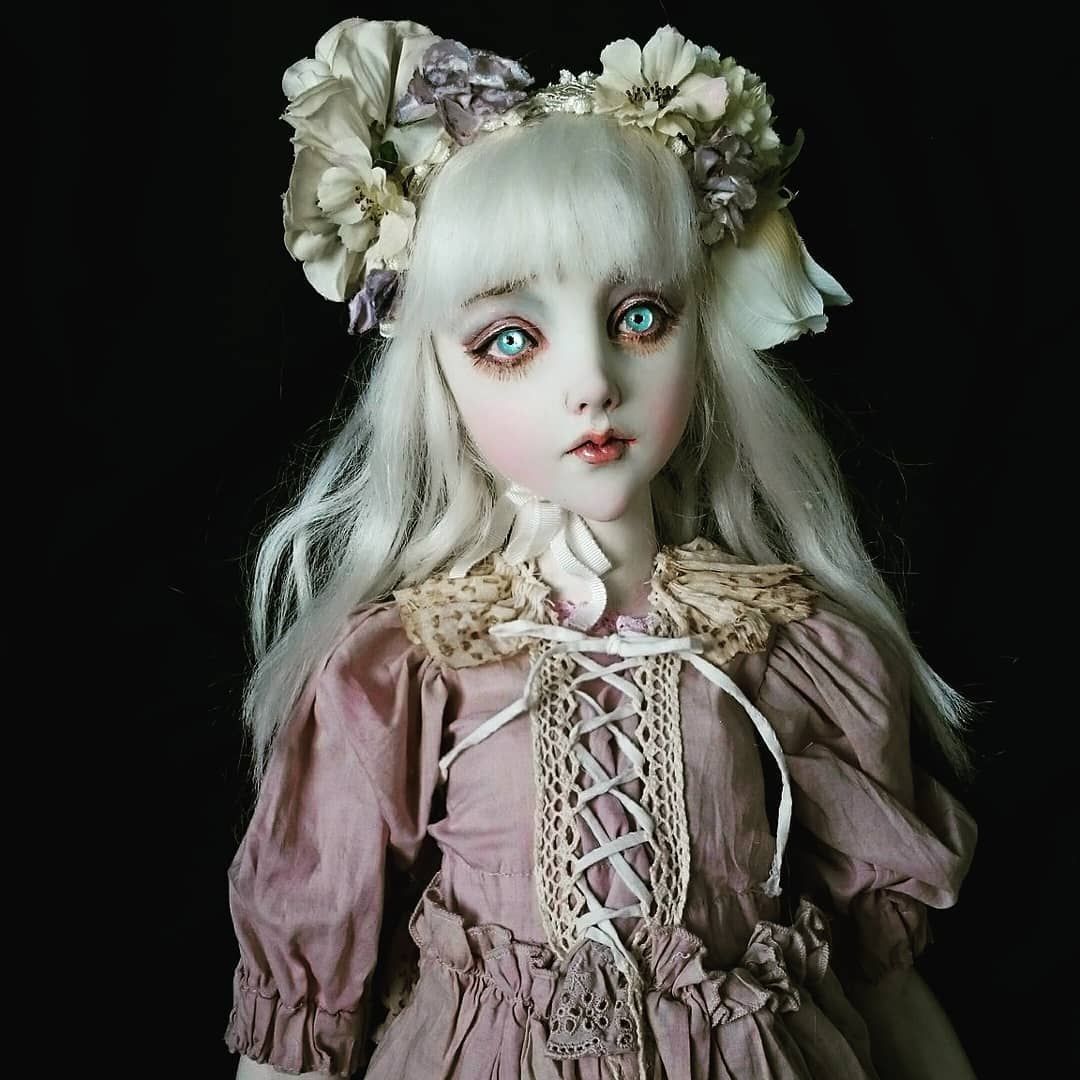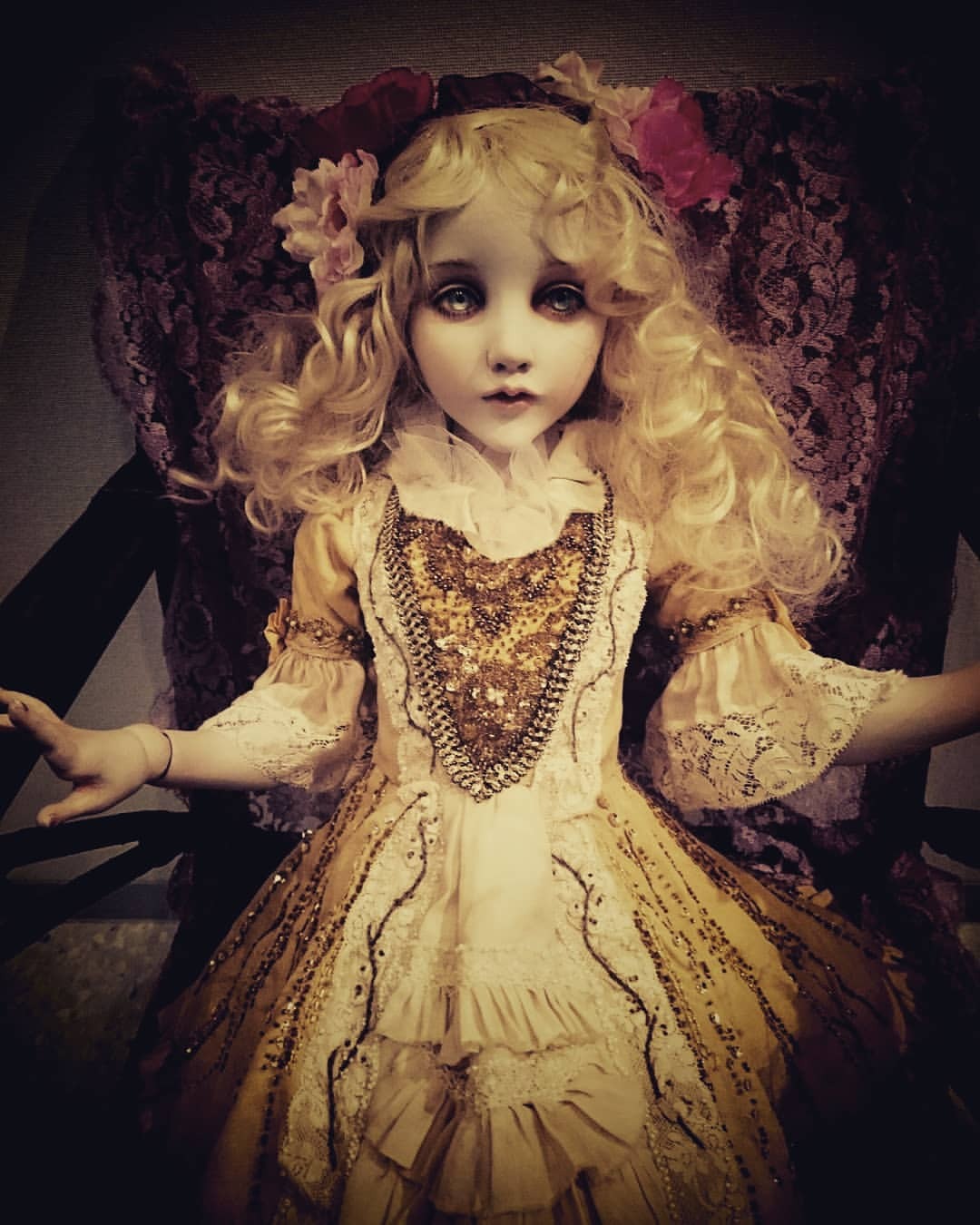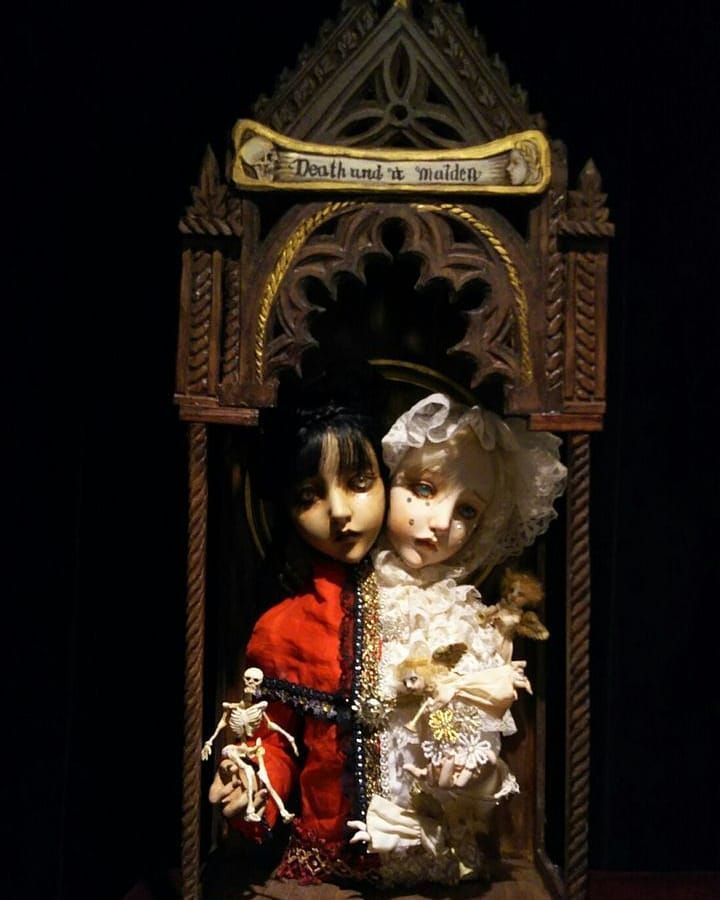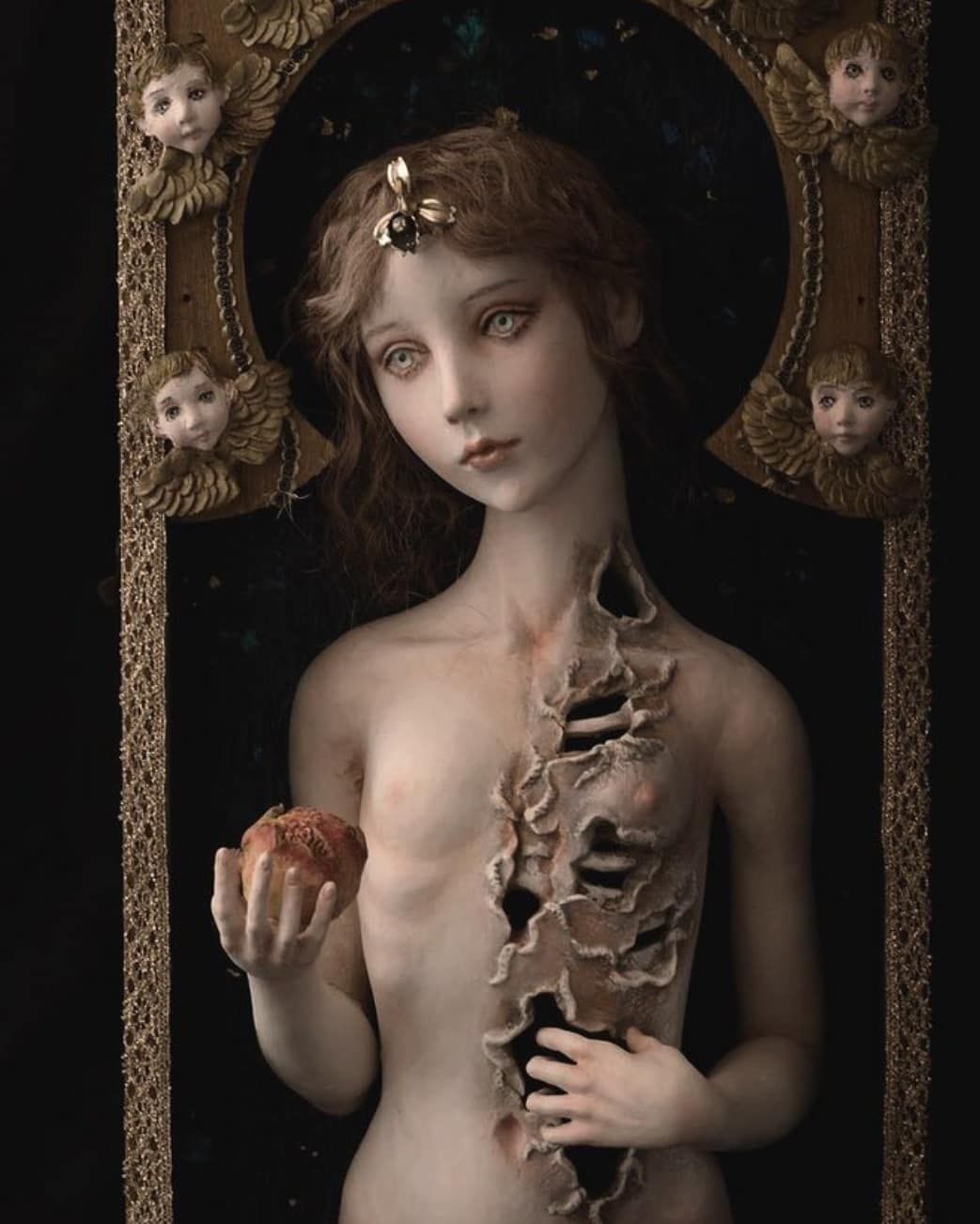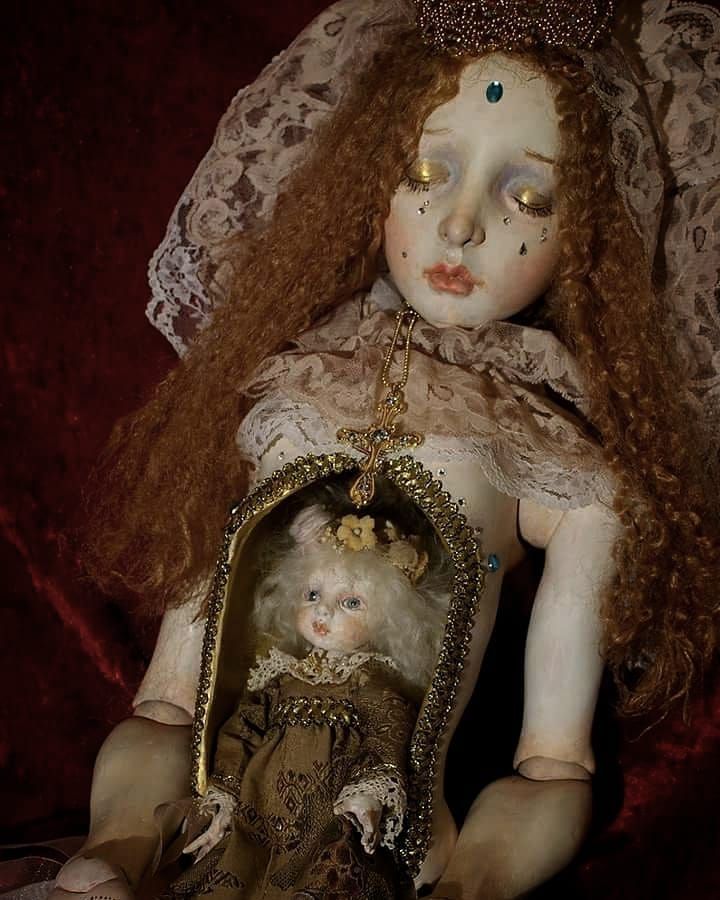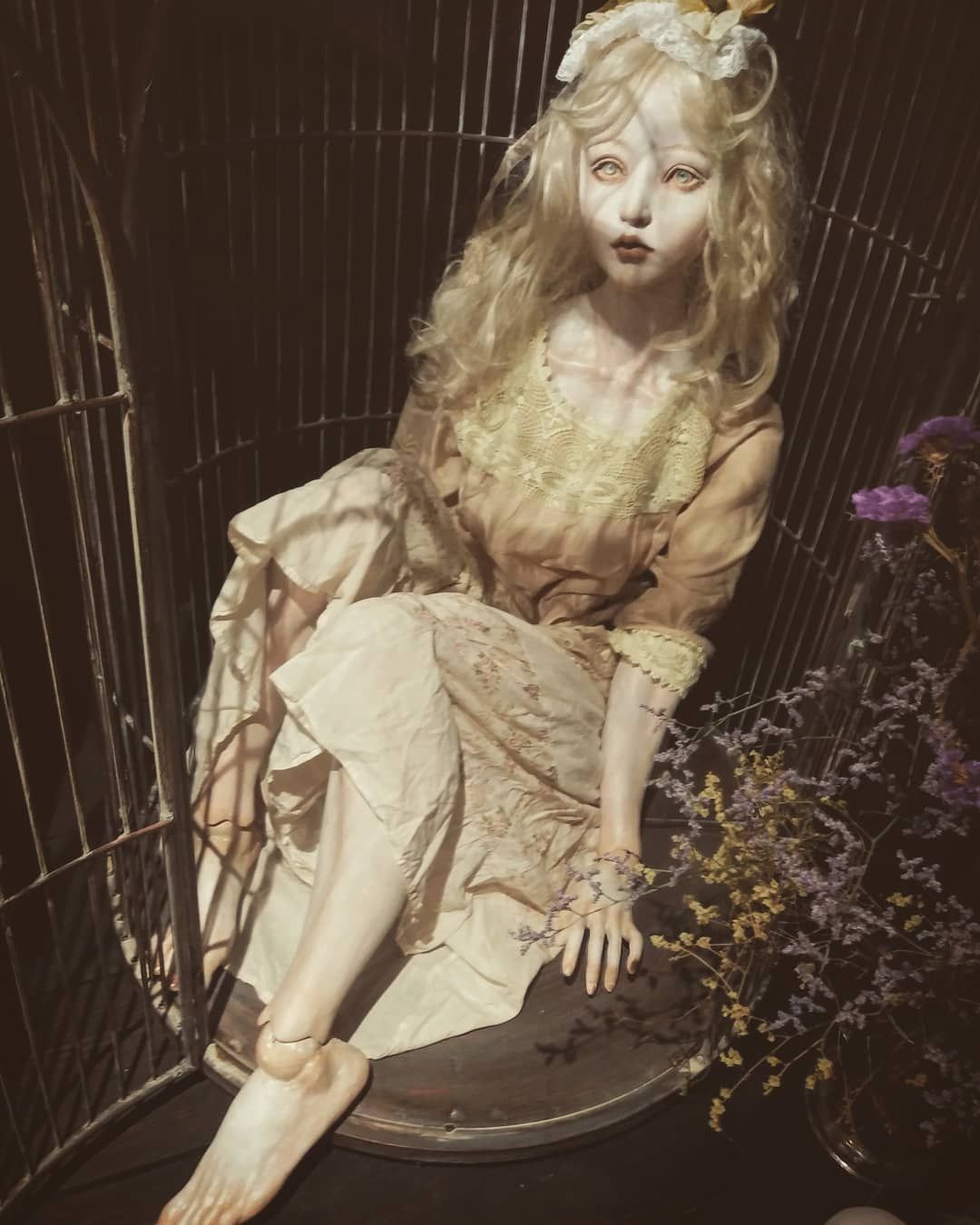“City of swarming, city full of dreams
Where ghosts in daylight tug the stroller’s sleeve!
Mysteries everywhere run like the sap
That fills this great colossus’ conduits.
One morning, while along the sombre street
The houses, rendered taller by the mist….”
(Baudelaire, Seven Old Men)
 Laurits Andersen Ring, Young Girl Looking Out a Window, 1885
Laurits Andersen Ring, Young Girl Looking Out a Window, 1885
A young girl is standing by the window and looking out at the urban grey cityscape; grey skies and old roofs gradually disappearing in the mist. Their brown and fading brick red shades are the only colour in this sea of greyness. Then there’s also the soft pink of the girl’s cheek, perhaps from the cold winter air, or perhaps thoughts of distant beloved someone have turned her cheek into a summer’s garden of pink roses. She is dressed in simple, somber attire, and we see so little of her face that it is hard to tell what she is feeling, but we can imagine. She’s clearly a poor, working class girl, yearning for more. Perhaps she moved from the countryside as many have at the time, including the painter himself, and now, looking out of her small attic window at the “swarming city, city full of dreams” she doesn’t see the things that were promised to her. Even though it isn’t shown on the painting, we can imagine the rest of the scene; a poorly furnished cold little room, with old wooden floor, a tattered worn-out wooden furniture, little comfort and little brightness and little warmth, a perfect background for a Joy Division song to play in the background and flood the space and the girl’s life with an even greater sea of misery. It must be a singularly dreary late autumn day, for if it was a winter day, the roofs of Copenhagen would have probably been covered in a layer of snow. These verses seem as if they were directed to this girl looking out of her window:
“Tell me, does your heart sometimes fly away, Agatha,
Far from the black ocean of the filthy city,
Toward another ocean where splendor glitters,
Blue, clear, profound, as is virginity?
Tell me, does your heart sometimes fly away, Agatha?“
(Baudelaire, The Flowers of Evil, translated by William Aggeler, 1954)
Born as Laurits Andersen in 1854 in a little village of Ring, as a carpenter’s son, the ambitious Danish painter added “Ring” to his name as a way to differentiate himself from a fellow painter Hans Andersen Brendekilde (who added Bredenkiled himself out of the same reason) because they both exhibited their paintings at a joint exhibition in 1881. Ring began his art journey as a painter’s apprentice in his village, took some private classes in painting while working in Copenhagen in 1873, until he was accepted as a student at the Danish Academy of Arts and for a while studied under Peder Severin Krøyer, but he never liked the discipline and themes promoted by the Academy. You know someone is a great painter if they rebel against the Academy. The painting “Young Girl Looking Out a Window” is a fairly early and a fairly unknown work, at least compared to his more famous paintings, such as his Northern landscapes and village scenes which tackle the difficult aspects of poor people’s lives. Ring was very interested in the social justice and portraying realism in art, real things and real people, and not mythological fantasy themes. He didn’t want to escape reality, he wanted to tame it and transform it into colours and forms on his canvases. And this painting of a sad-looking girl gazing out the window was painted at the time when Ring himself was struggling financially and artistically, and spent a winter in an attic room in Copenhagen, living more on his ambitions than on bread and butter. Also, the way she was painted, seen from the profile and crammed into the very corner of the canvas, is something he typically did.
Tags: 1880s, 1885, 19th century, 19th century in art, art, Baudelaire, big city, city full of dreams, Danish artist, Denmark, girl, grey sky, Laurits Andersen Ring, Naturalism, old roofs, Painting, Realism, Ring, sad girl, saddness, window, winter, Young Girl Looking out a Window
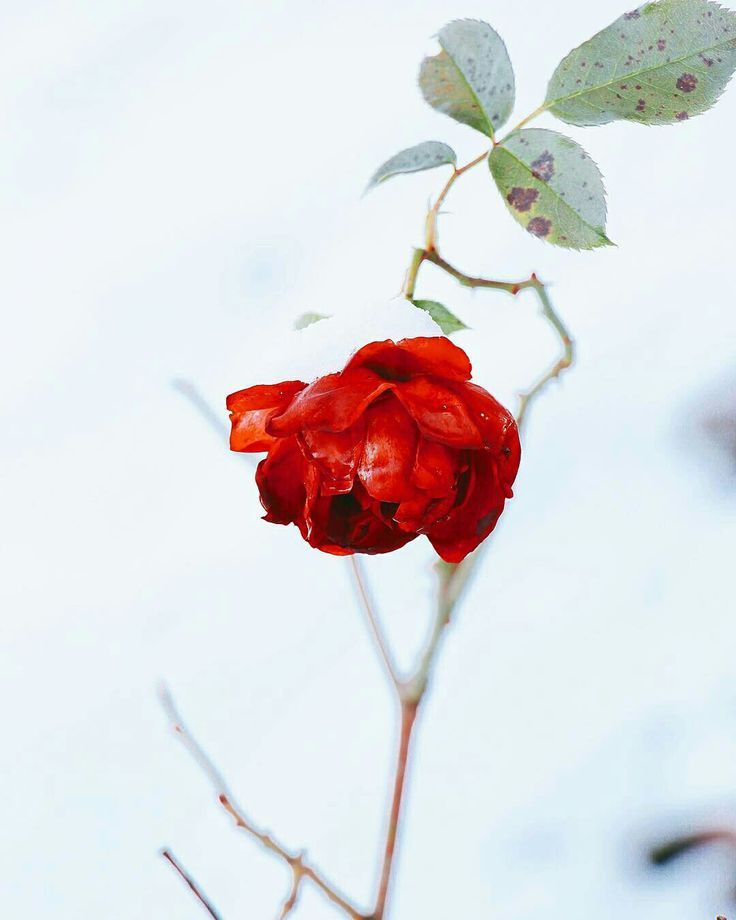


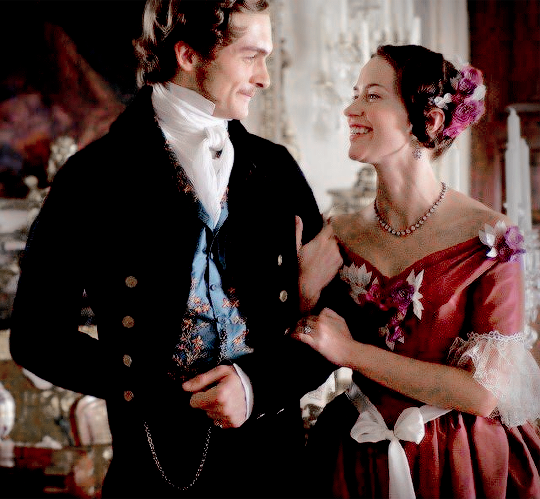

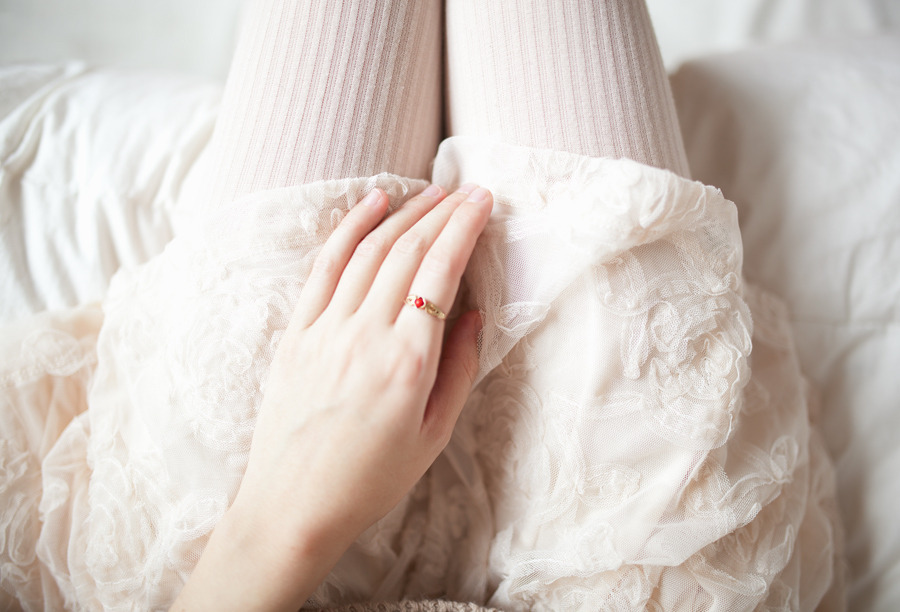
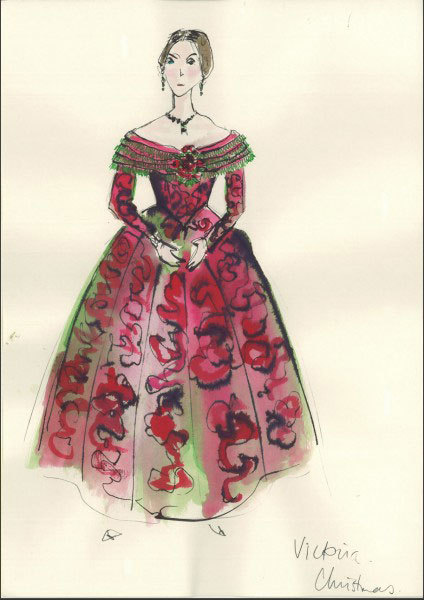



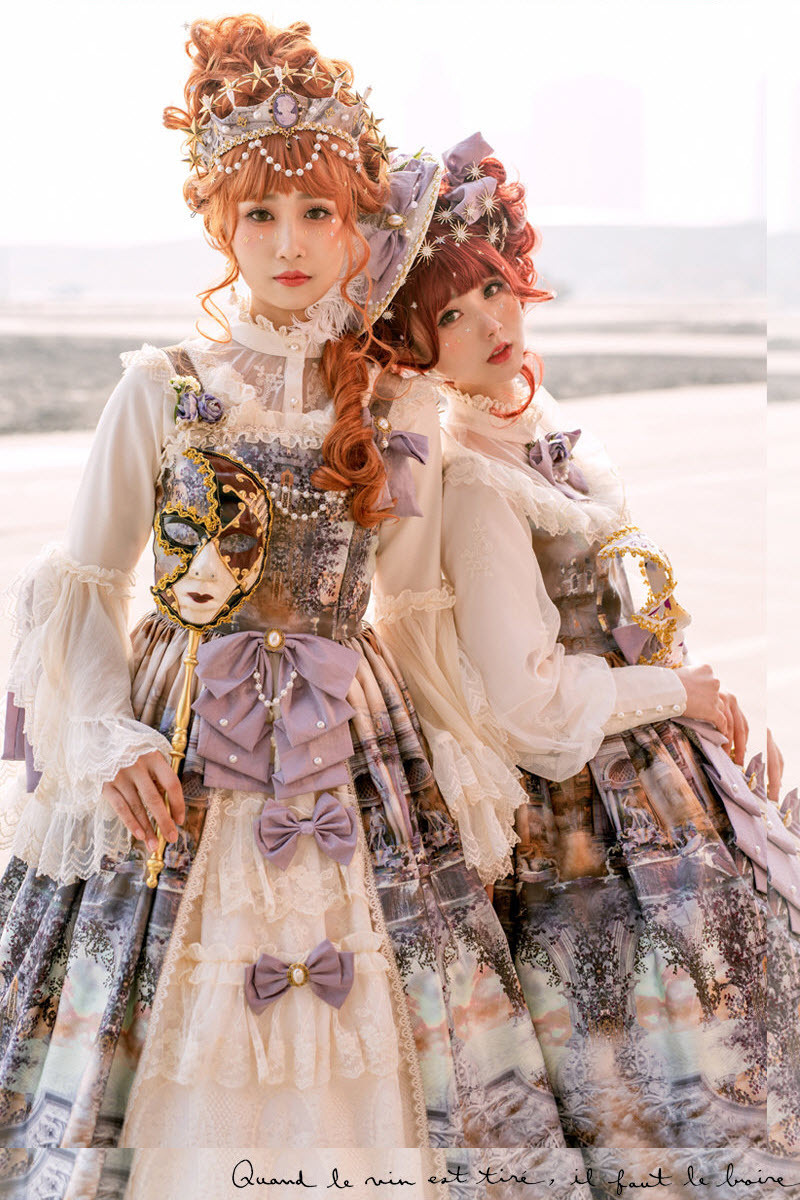
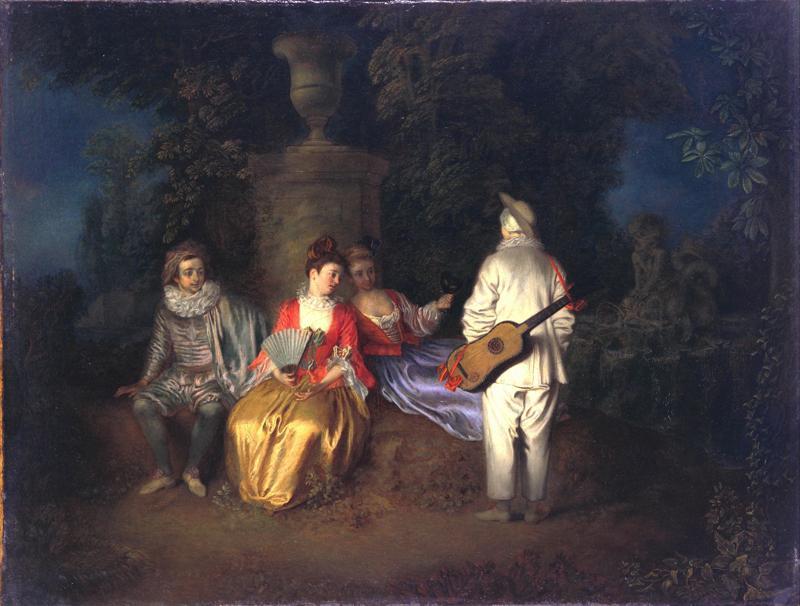


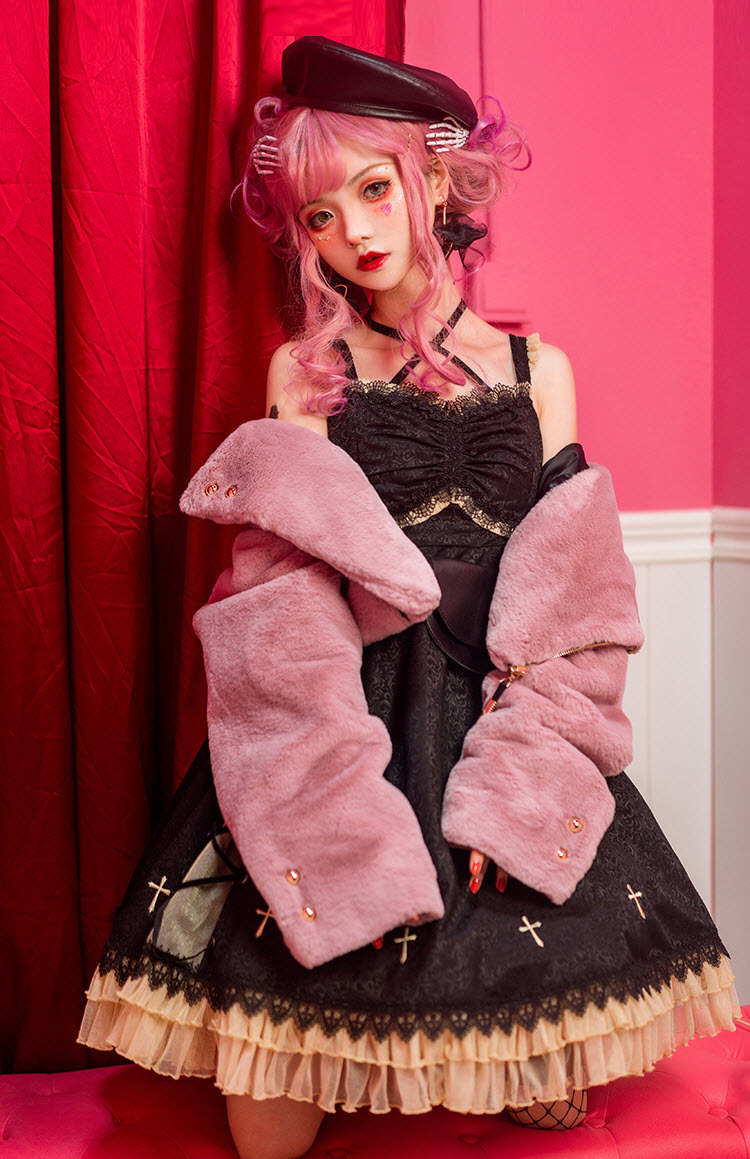
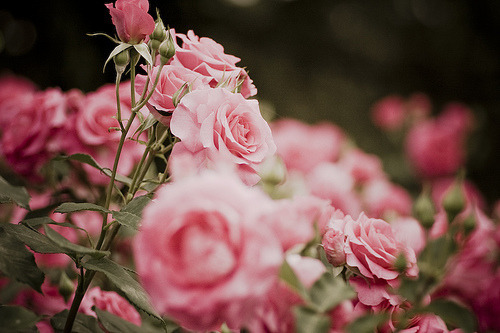

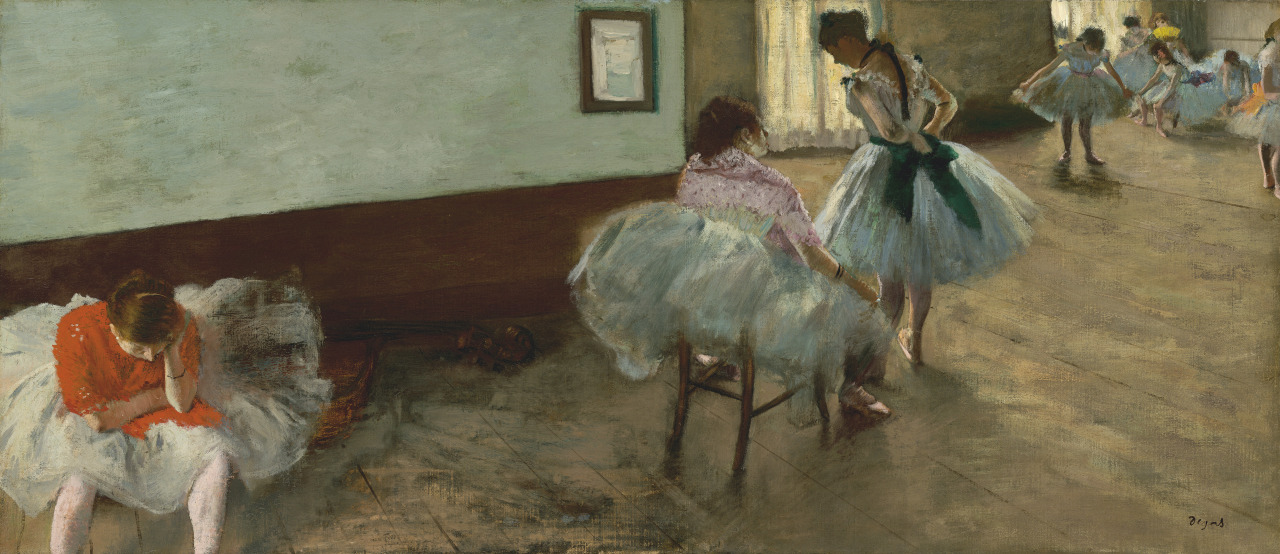

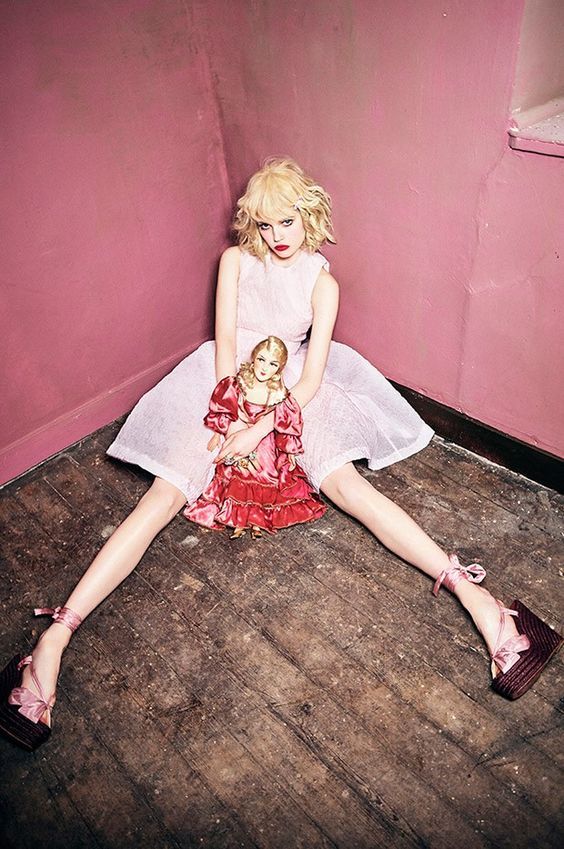

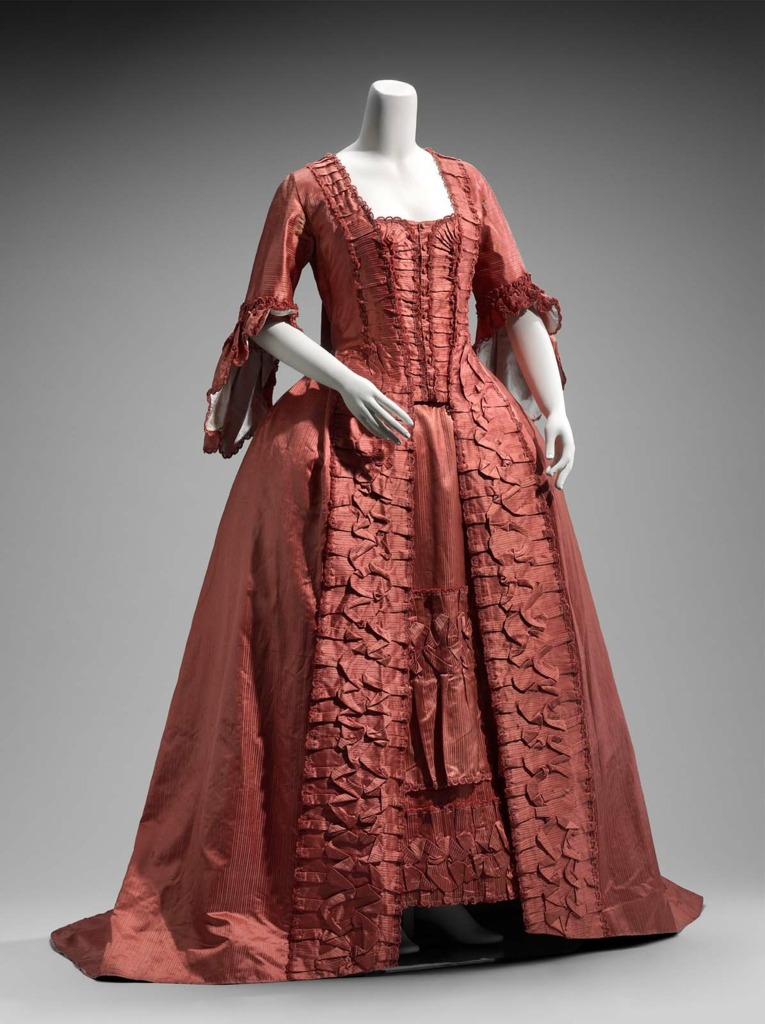


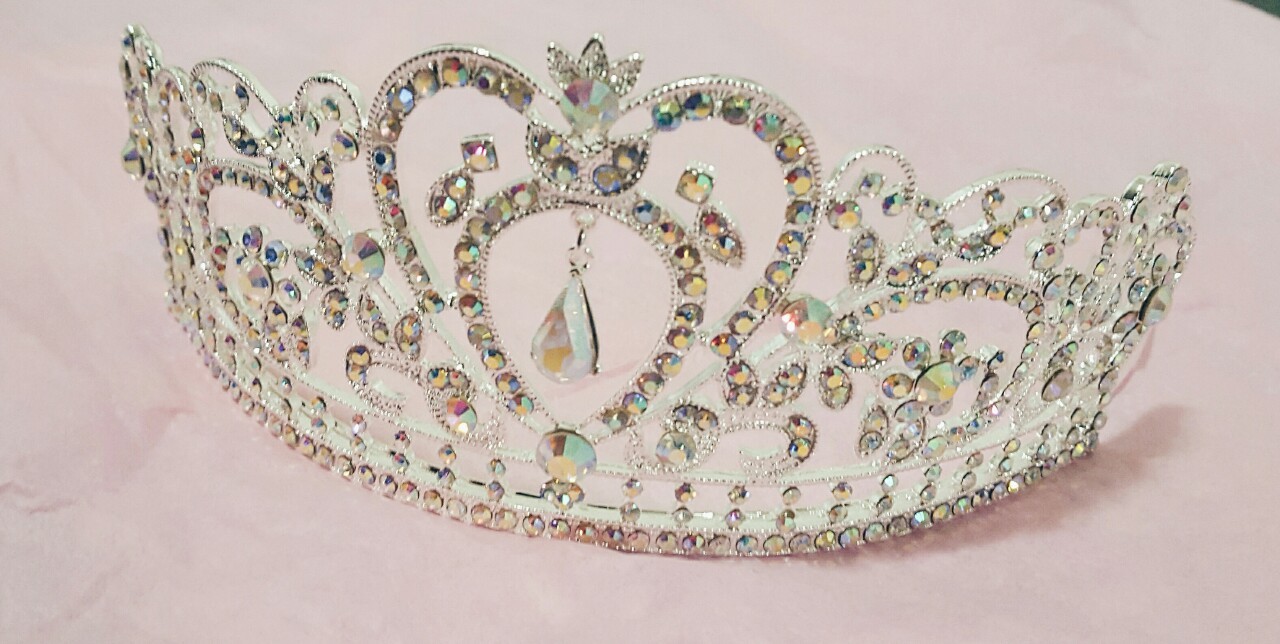



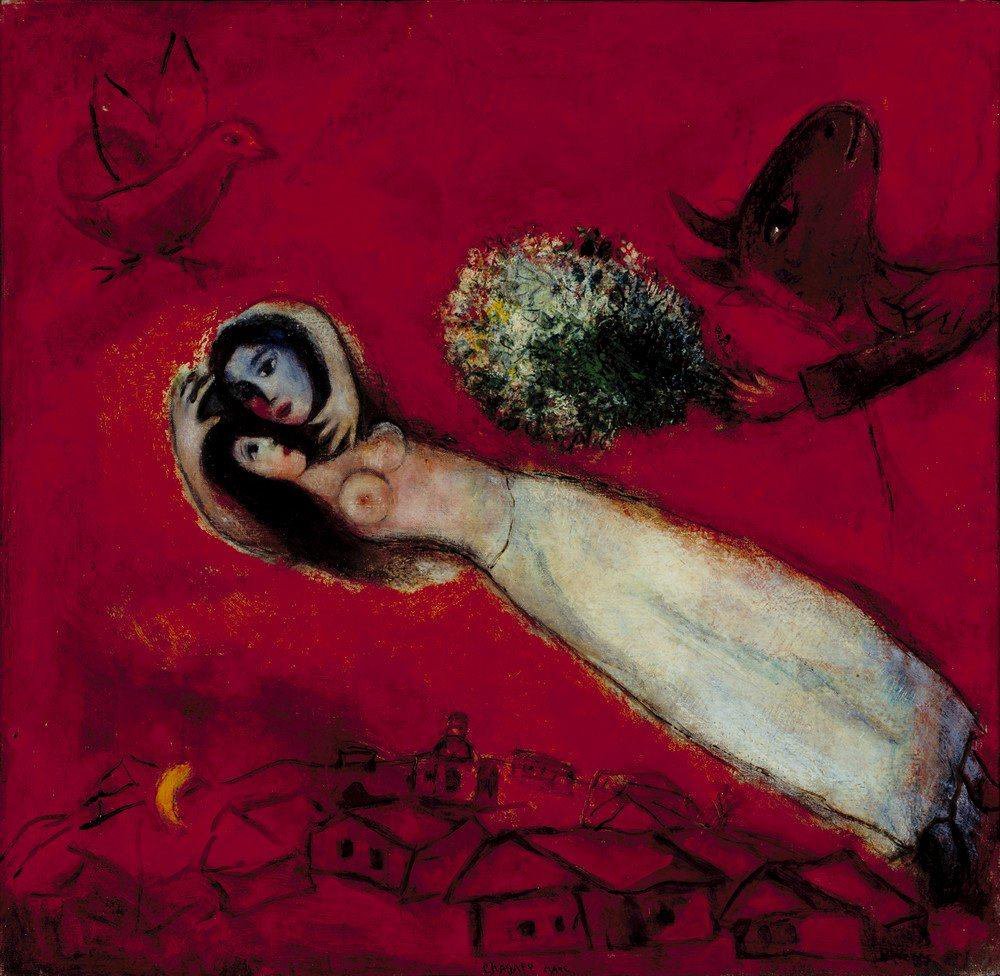
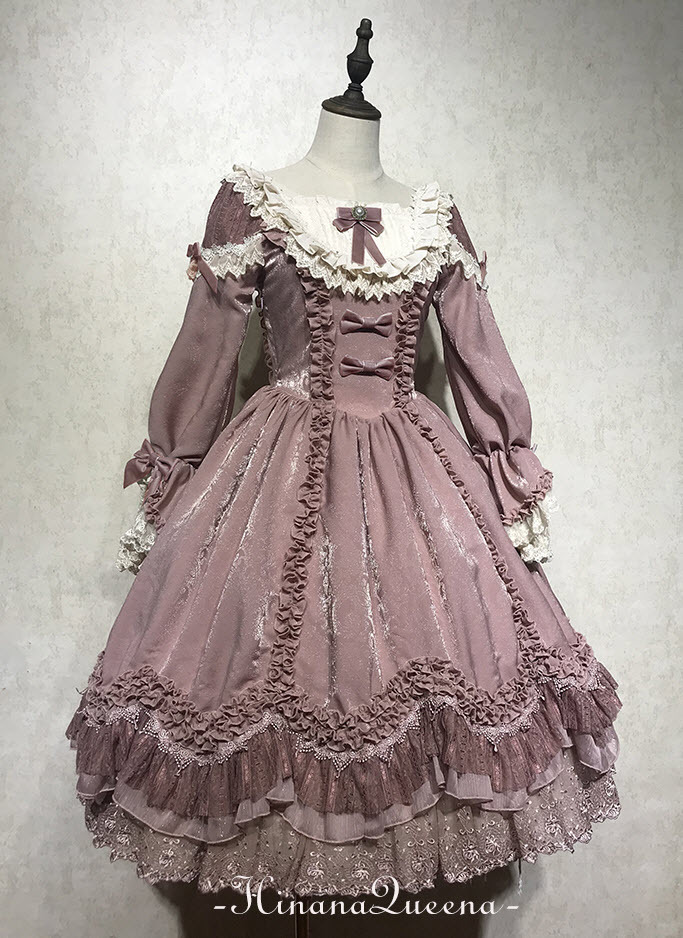


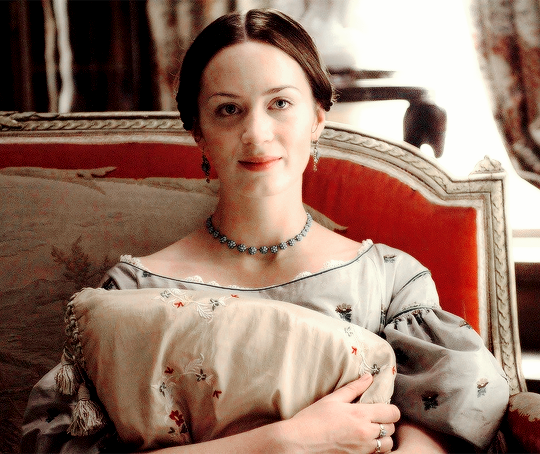







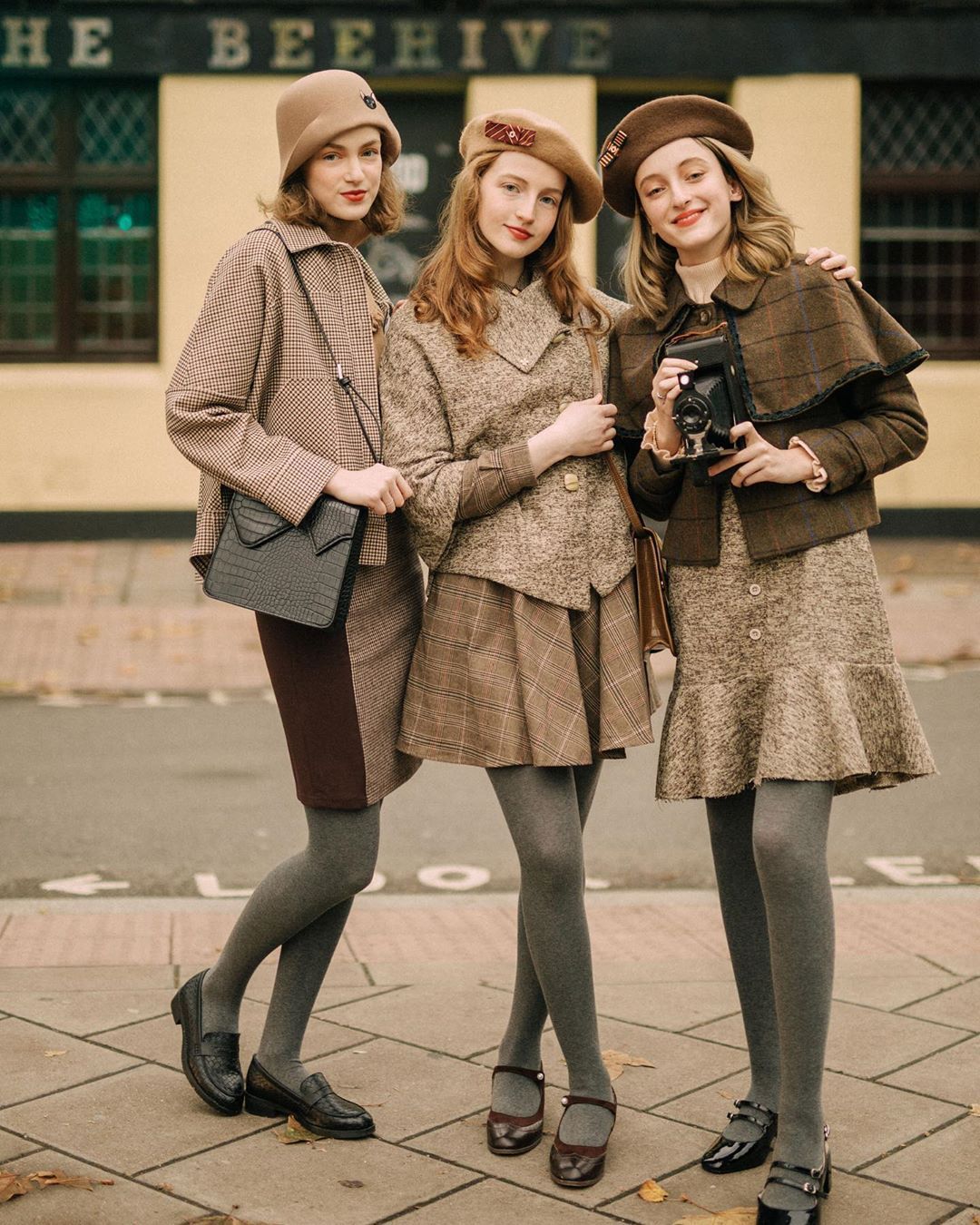
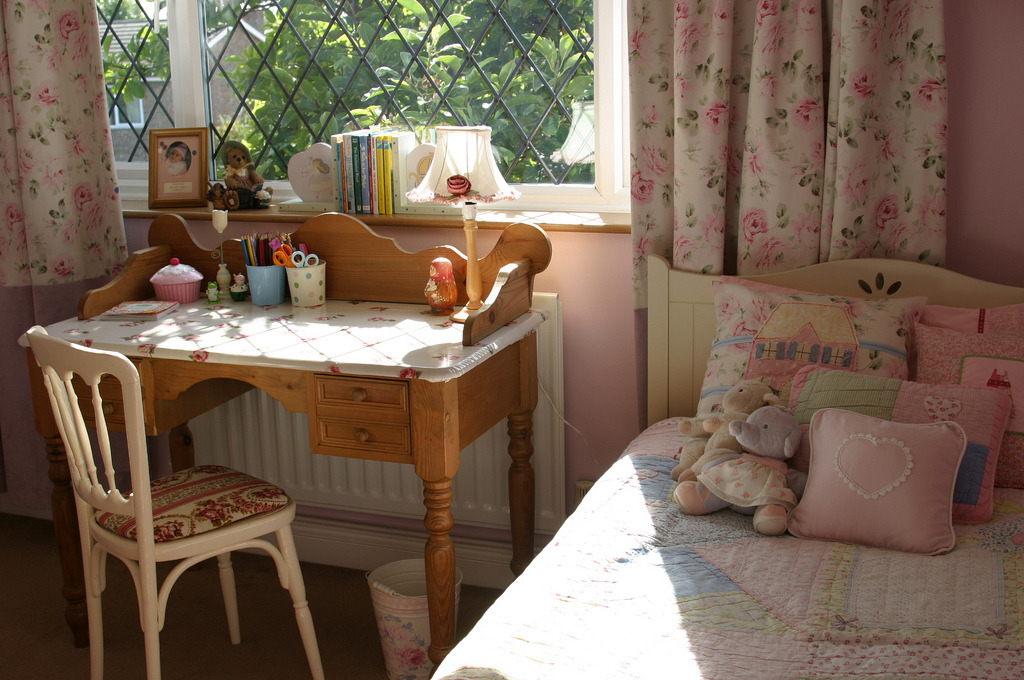

 The Smiths – The Queen is Dead (1986)by Arthur Viera
The Smiths – The Queen is Dead (1986)by Arthur Viera



